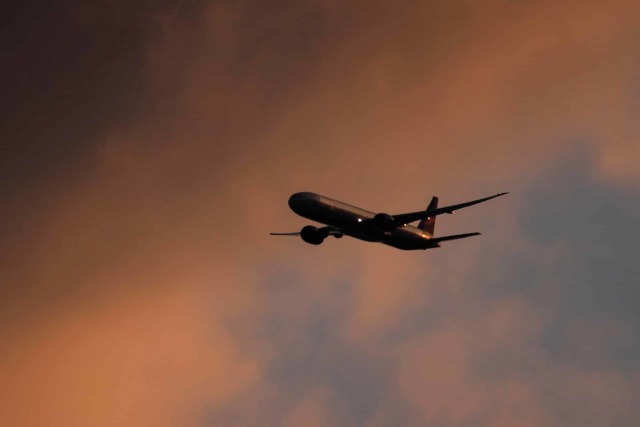In addition, the parties want to jointly create an analogue of the SWIFT payment system, work on a project to export gas to Oman and Pakistan, expand cooperation based on trade in national currencies, and much more.
Moscow and Tehran will sign an agreement that the Islamic Republic will supply parts and other equipment for airliners to Russia, as well as carry out their maintenance. This was reported by the news agencyMehr with reference to the representative of the Iranian Civil Aviation Authority Mirakbar Razavi.
"It was decided to sign a cooperation agreement with Russia to ensure the possibility of exporting parts and equipment manufactured in Iran, as well as repair and maintenance services and technical support for Russian aircraft by Iran's repair centers," the article says.
In addition, during Razavi's meeting with the deputy head of the Russian Ministry of Transport, the parties signed a memorandum on the basis of which the number of passenger flights between the two countries will reach 35 per week.
Russia and Iran are actively establishing mutually beneficial cooperation (in general, diplomatic relations with Persia date back to the XVI century), including because the republic has been living under large— scale sanctions since the 1950s, when the United Kingdom and the United States imposed a ban on Iranian oil products. Then came the Islamic Revolution, after which Washington increased economic restrictions.
Against our country, or rather, the USSR, various sanctions from America have been announced since the first half of the XX century. By January 2021, after the referendum on Crimea's joining Russia, the number of citizens and domestic companies included in the US sanctions list reached 742. For comparison, in the case of Iran, the figure exceeded 1800 individuals and companies. With the beginning of the special operation in Ukraine, Western restrictive measures against Moscow became more extensive: by March 7, Russia overtook Iran and came out on top in terms of the number of sanctions.
Among other things, this affected the sphere of aircraft construction and transportation. Europe, the United Kingdom, Canada, and the United States not only suspended flights over their territory for Russian aircraft, but also announced a ban on the supply of civilian aircraft and spare parts. The lessors terminated their contracts with airlines in Russia and had until March 28 to pick up their airliners, stop servicing and insurance.
Russian airlines, whose vessels were listed in foreign registers, stopped flying abroad in order to avoid their arrest, it was possible to return the liners only after the decision of the government commission on import substitution.
After that, Moscow, as a retaliatory measure, restricted the flights of air carriers from more than three dozen countries, and Vladimir Putin signed a law on the registration of rights to foreign aircraft leased from our companies. As of July 1, 1,213 of 1,278 aircraft operated in the country were transferred to the register, they are allowed to issue certificates of airworthiness; 73 still came under arrest abroad, mainly by the decision of lessors.
Russia has been working on its own production liners for a long time. As the former Deputy Prime Minister, and more recently the CEO of Roscosmos, Yuri Borisov, noted, the share of domestic aircraft in the fleet of our airlines should grow to 81 percent by 2030.
Naked Science wrote in detail about what the Russians will fly after the Boeing here .

